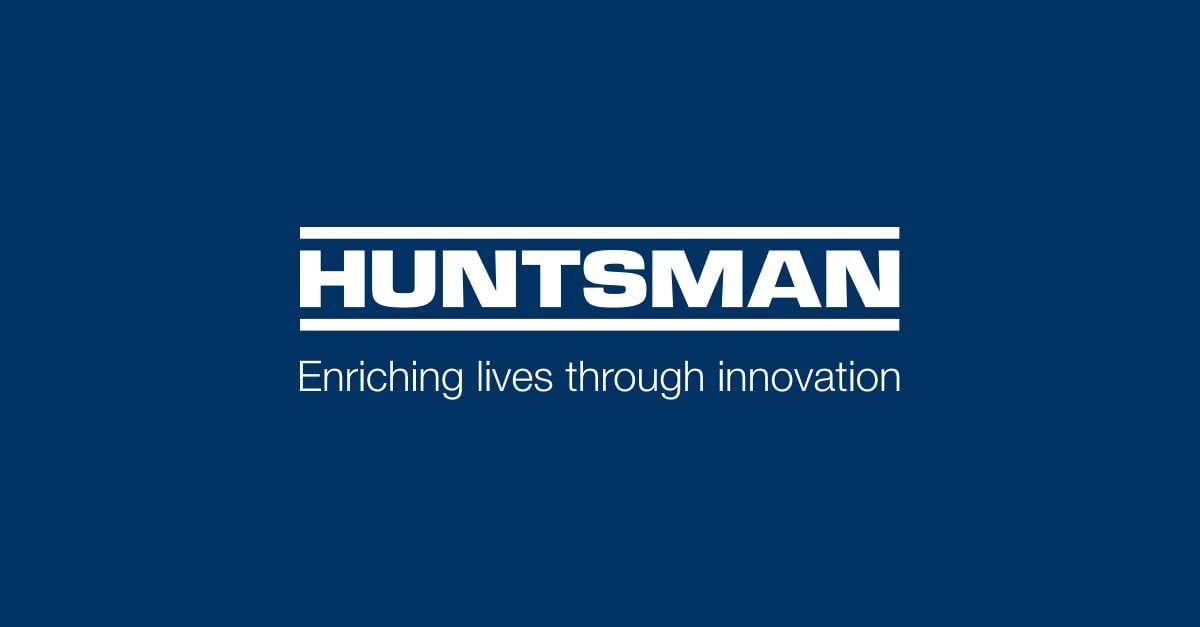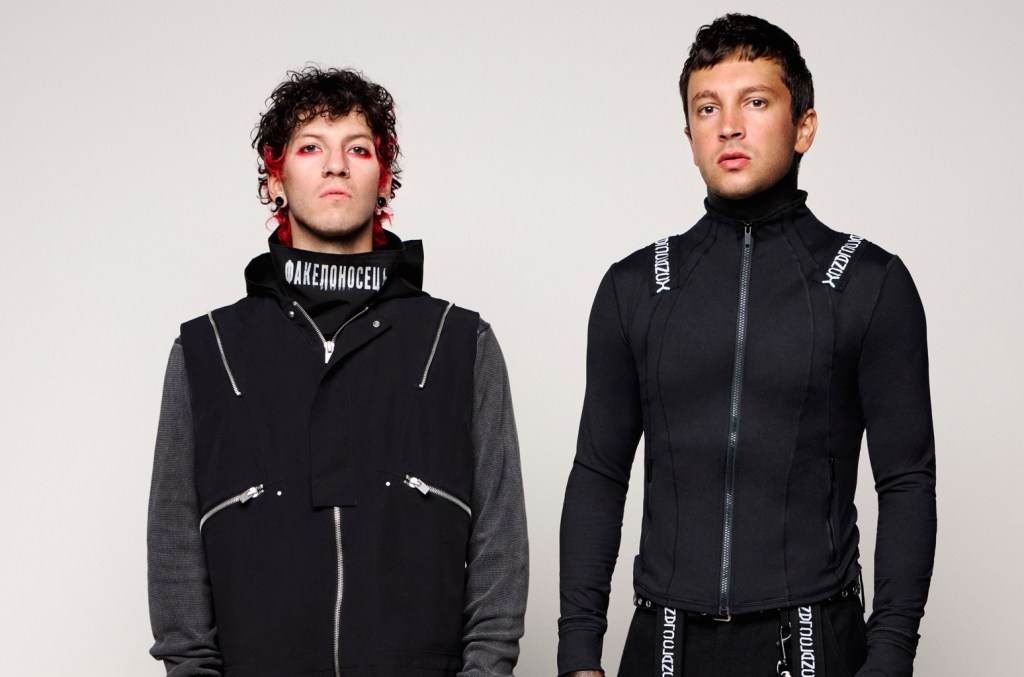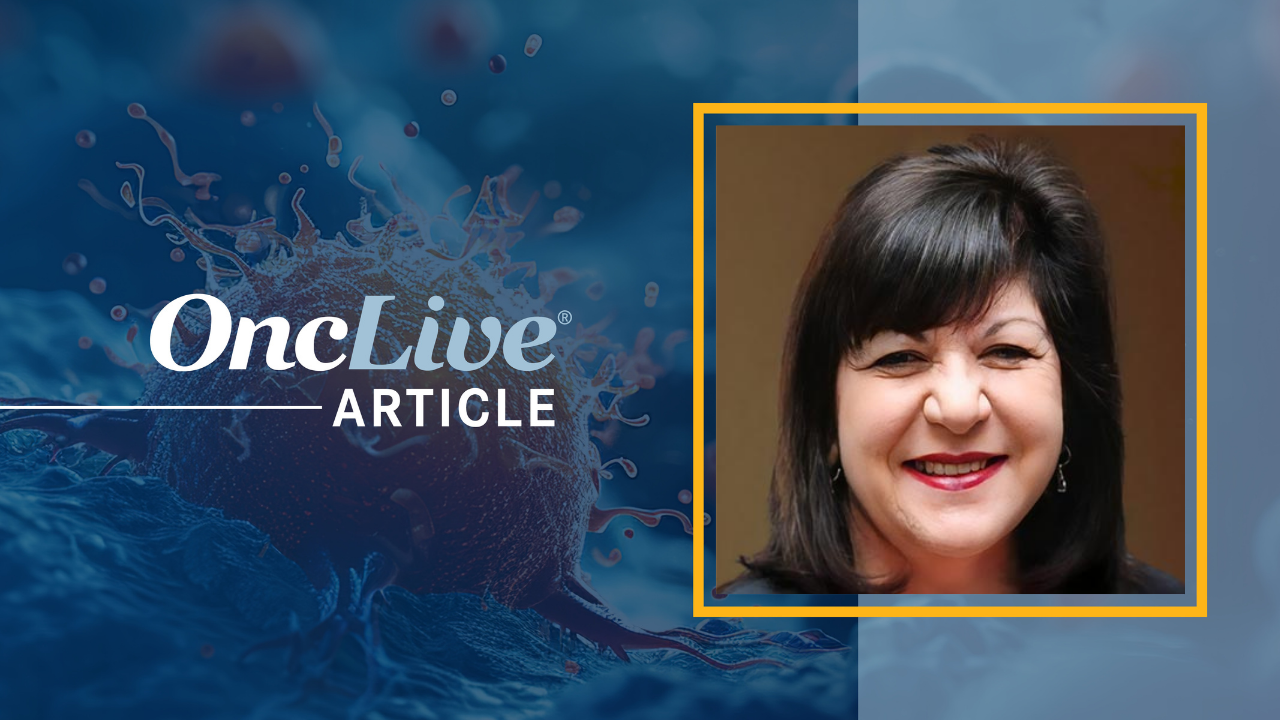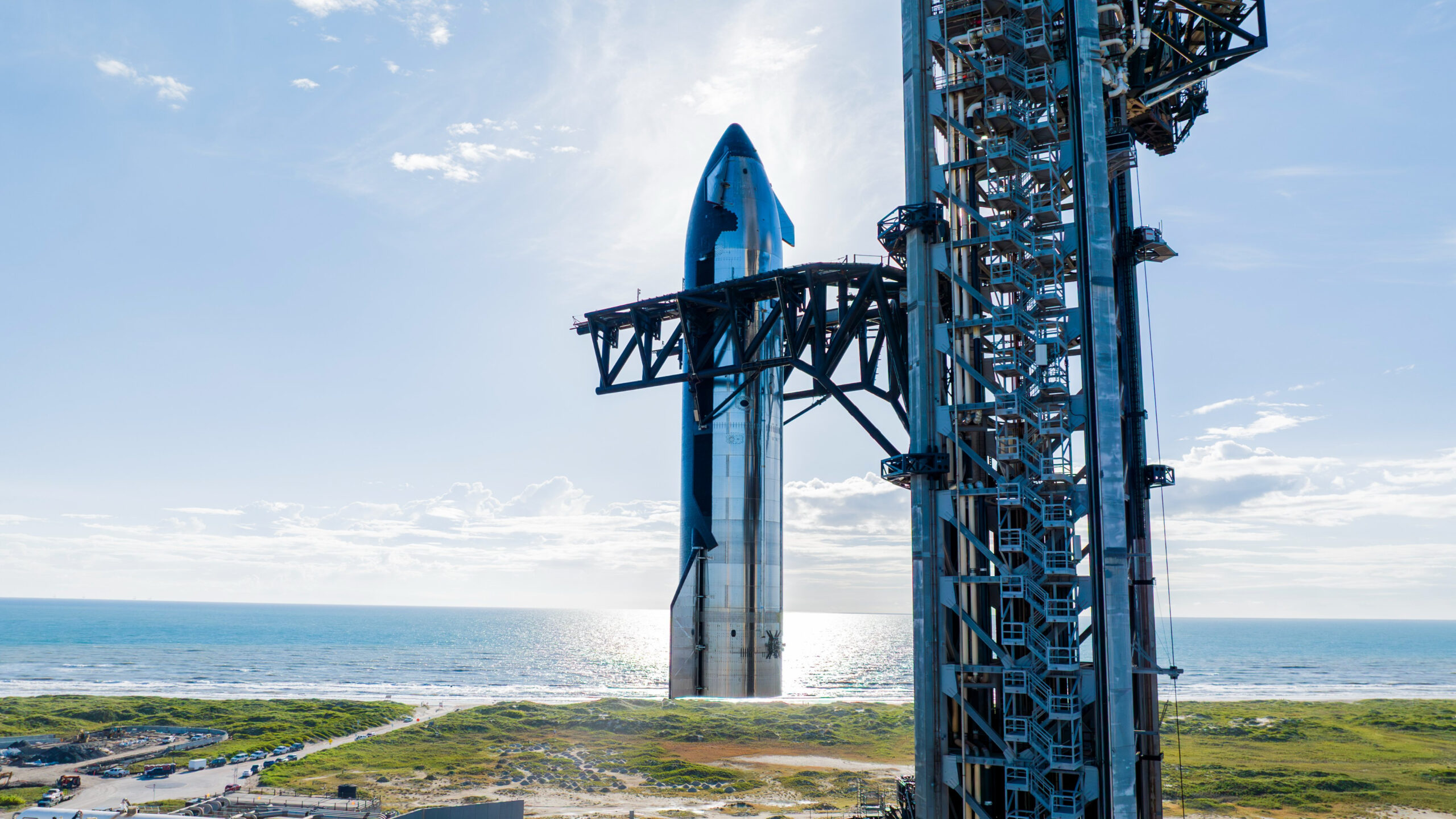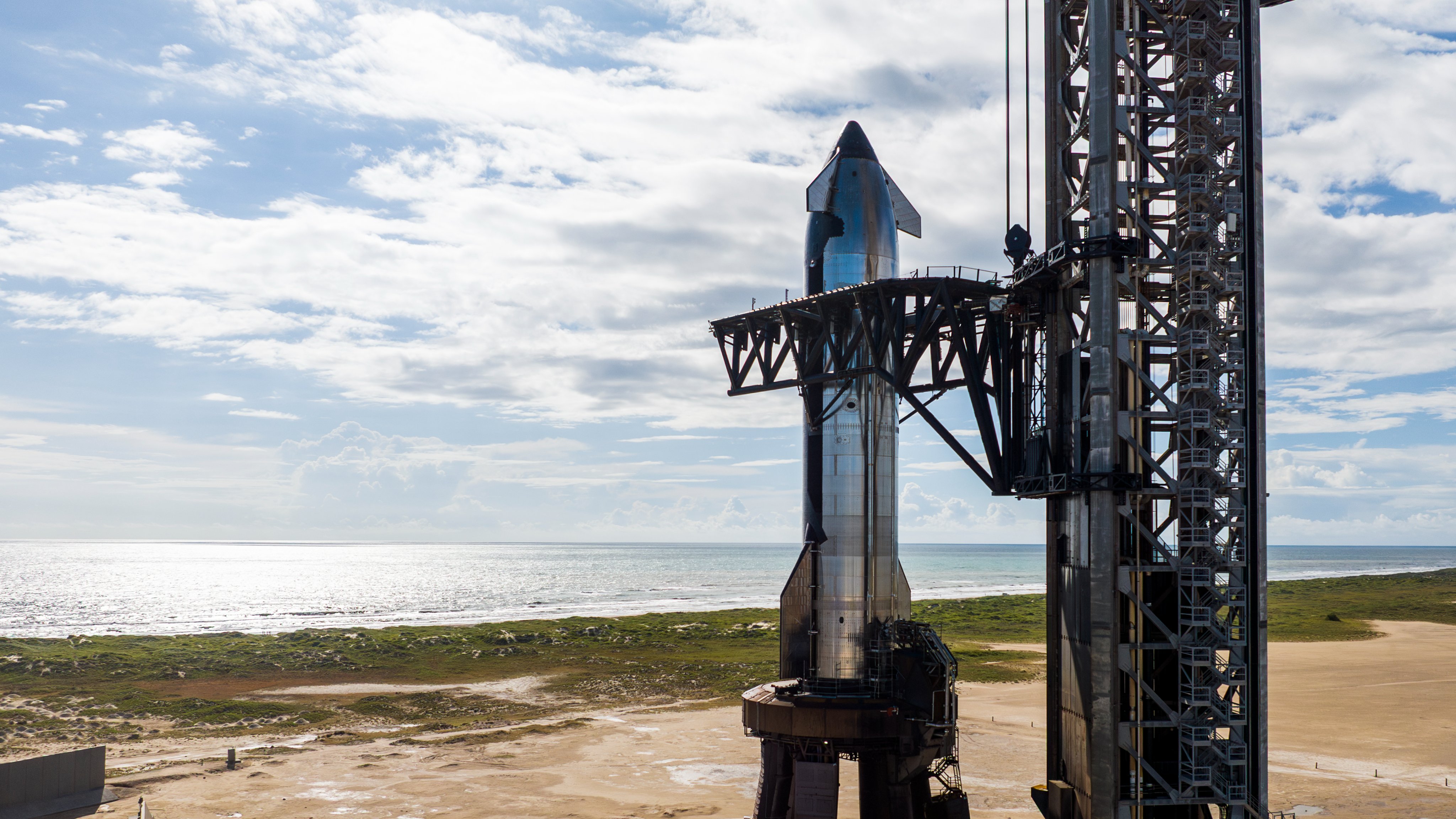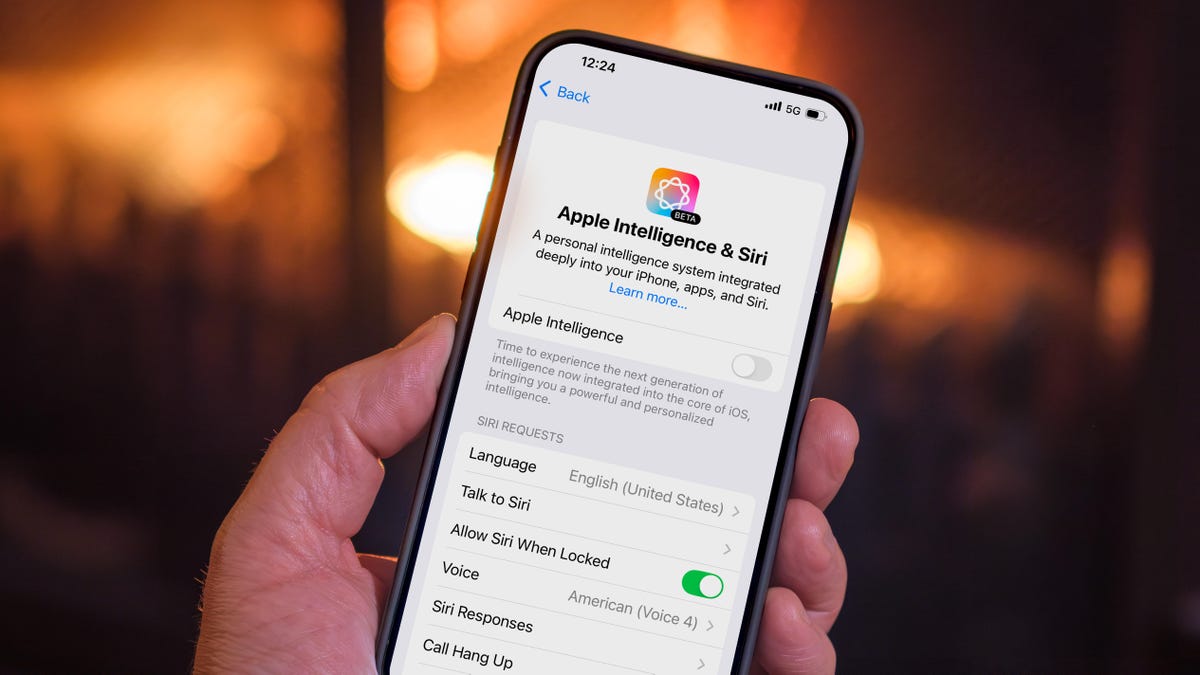The American Association for Cancer Research (AACR) published the 15th edition of their Annual Cancer Progress Report, which highlighted recent advances in cancer care, ongoing challenges in the field, and called for continued financial support from the federal government.1
Spanning 1991 to 2023, there was a 34% reduction in the overall cancer death rate, translating to over 4.5 million lives saved, according to the report.1,2 Moreover, there are now 18.6 million cancer survivors in the United States in 2025, representing 5.5% of the total population; this figure has increased from 3 million survivors in 1971, which represented 1.4% of the country’s population at that time. In 2025, an estimated 6.2 million cancer survivors are living for at least 15 years after diagnosis, and this figure is expected to grow to 10.4 million by 2040.
“This report chronicles new scientific advances and technological innovations that are saving lives, and it also shines a light on the challenges we face from rising early onset cancers to persistent cancer disparities and outcomes,” Margaret Foti, PhD, MD, chief executive officer of the AACR, said during a presentation of the report.1 “The AACR is working very hard to confront these challenges, convening leading experts in all sectors in dedicated conferences to accelerate solutions. This report is so much more than a publication. It is both a measure of how far we have come and a signal of how far we still must go.”
What Were the Other Highlights of the AACR 2025 Annual Cancer Progress Report?
The report also noted that between July 1, 2024, and June 30, 2025, the FDA has approved 20 new anticancer therapeutics.1,2 Eight previously approved agents were also indicated for the treatment of new cancer types. Two new devices earned FDA approval—1 each in lung cancer and cervical cancer—along with 2 minimally invasive tests for the screening of colorectal cancer (CRC). Several artificial intelligence (AI)–based tools aimed at improving early detection and diagnosis also gained FDA approval.
In terms of hematologic malignancies, the report noted that the mortality rates of chronic myeloid leukemia, non-Hodgkin lymphoma, and multiple myeloma have all decreased from 1991 to 2023, at respective rates of 71%, 43%, and 31%. Over the past 10 years, 29 new molecularly targeted therapeutics, including 4 antibody-drug conjugates, have received FDA approval for the treatment of patients with hematologic malignancies; 21 of these were new immunotherapeutics, including 7 CAR T-cell therapies and 8 bispecific T-cell engagers (BiTEs). Over the course of the 12 months preceding the report, the FDA approved revumenib (Revuforj), the first menin-directed therapy, for select patients with relapsed/refractory acute leukemia; denileukin diftitox-cxdl (Lymphir), a novel cytotoxic fusion protein, for patients with relapsed/refractory cutaneous T-cell lymphoma; and a new CAR T-cell therapy, obecabtagene autoleucel (Aucatzyl), in acute lymphocytic leukemia.
The report also spotlighted the rapid progress in the development of immunotherapy approaches. From 2011 to 2015, the number of FDA-approved immune checkpoint inhibitors (ICIs) rose from 1 to 15. The numbers of FDA-approved adoptive T-cell therapies and BiTEs both rose from 0 to 9 over this time span. In 2025, there are more than 20 cancer types for which an ICI is approved, rising dramatically from just 1 tumor type in 2011. More than half (56.5%) of patients with cancer in the United States are eligible for treatment with an ICI in 2025 compared with 1.5% in 2011.
“The use of ICIs has expanded at an unprecedented pace,” Lillian L. Siu, MD, FAACR, FRCPC, the Steering Committee Chair and president of the AACR, noted during the presentation. “When the first edition of [the AACR Annual Cancer Progress Report] was released in 2011, only one ICI had been approved, and that was only for metastatic melanoma. As of June 30, 2025, there were 15 ICIs approved by the FDA, including 2 new ones reported in this year’s cancer progress report. These drugs can now be used to treat 22 different cancer types, as well as any type of solid tumors characterized by specific biomarkers.”
Siu is also a professor at the University of Toronto Medical Oncologist, as well as the director of the Princess Margaret Cancer Centre and the Phase I Clinical Trials Program BMO Chair in Precision Cancer Genomics Princess, at Margaret Cancer Centre, University Health Network, both in Toronto, Canada.
The proportion of total cancer deaths averted due to screening and removal of precancerous lesions from 1975 to 2020 was 100% in cervical cancer. In CRC, prostate cancer, and breast cancer, it was 79%, 56%, and 25%, respectively.
What Critical Areas of Cancer Care Still Need to Be Addressed With Additional Research?
Regarding areas where progress is still needed, the report detailed that modifiable risk factors such as cigarette smoking, excess body weight, alcohol consumption, exposure to UV radiation, poor diet, pathogenic infections, and/or physical inactivity are attributable to 40% of all cancer cases in the United States and 41% of cases globally. The report also noted that from 2011 to 2019, 2,020,829 new cancer cases were diagnosed among individuals 15 to 49 years of age.
The incidence of CRC increased 5.0% every year from 2018 to 2022 among individuals less than 50 years old compared with a 2.0% decrease per year among those who were at least 65 years old. From 2019 to 2023, the mortality rate increased 1.1% per year and decreased 2.3% per year in these respective groups.
What Were the Findings From a Poll on Federal Funding for Cancer Research?
During the report’s unveiling, presenters also displayed results from a survey of registered voters concerning their support for federal funding for cancer research. Findings from the survey indicated that 83% of respondents supported increased federal funding for cancer research, and 89% supported federal funding for all of medical research.
Within the 83%, 42% strongly favored increased federal funding for cancer research, and 40% responded that they somewhat favored doing so. Notably, the preference for increasing funding was present in a majority of Democrat (93%), Republican (75%), and independent (75%) voters. Eighty-one percent of those who indicated that reducing debt/federal spending was a high priority also favored increasing funding for cancer research.
Findings from the survey also revealed that the total confidence in cancer researchers and the National Cancer Institute was 71% and 65%, respectively. Forty-two percent and 35% of the respondents indicated that they had a great deal of confidence in these respective groups. Among voters who prioritized reducing debt/federal spending, 71% indicated that increasing funding for medical research to treat, prevent, and cure diseases, including cancer, was their highest or a high priority.
“We’re grateful that leaders in both the House and the Senate Appropriations Committee are demonstrating strong bipartisan support for sustained federal funding for medical research,” Siu said. “The new poll conducted by the AACR shows 89% of voters support the federal government using taxpayer dollars to fund medical research, and we urge Congress to maintain this commitment to ensuring lifesaving discoveries continue. With continued investment, collaboration, and patient engagement, we can build on decades of progress and continue transforming cancer care for all our patients everywhere.”
References
- AACR Cancer Progress Report 2025 release. September 17, 2025. Accessed September 17, 2025. https://www.workcast.com/Auditorium.aspx?cpak=4920217928247461&pak=1325993287995046
- AACR Cancer Progress Report 2025. September 17, 2025. Accessed September 17, 2025. https://cancerprogressreport.aacr.org/wp-content/uploads/sites/2/2025/09/AACR_CPR_2025.pdf
